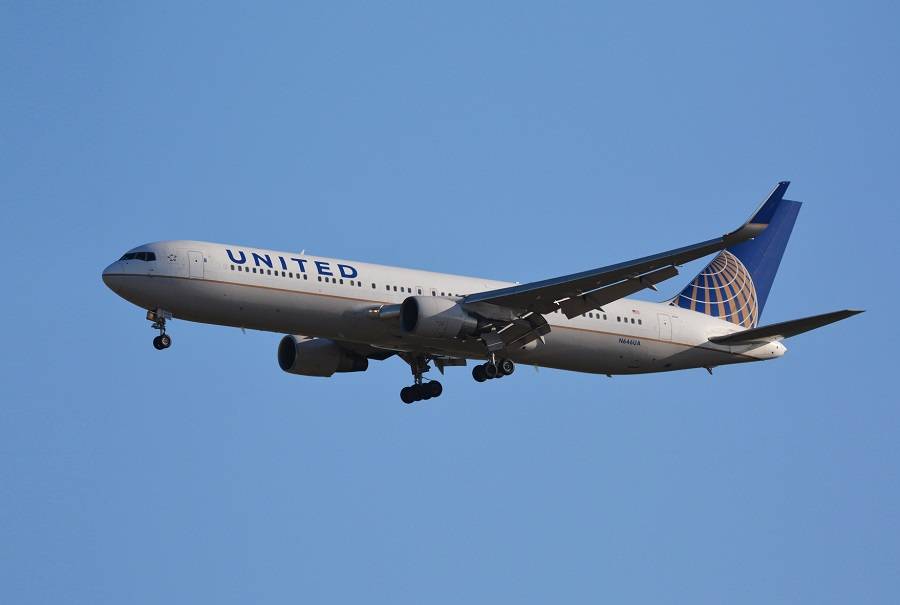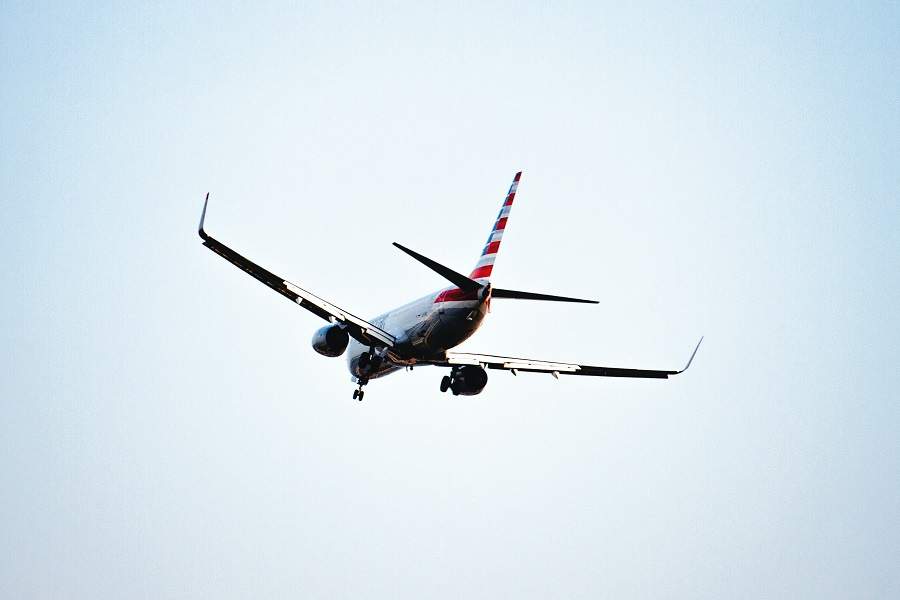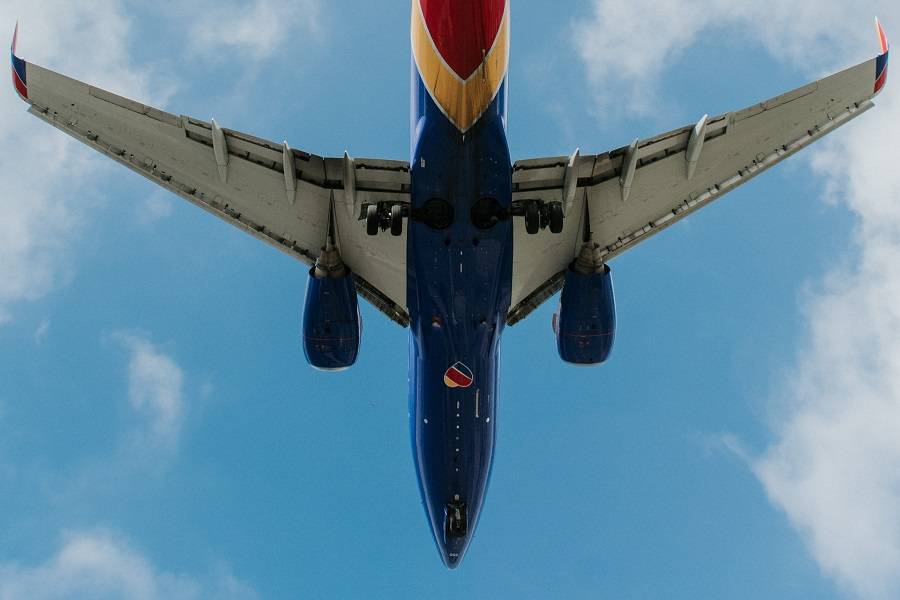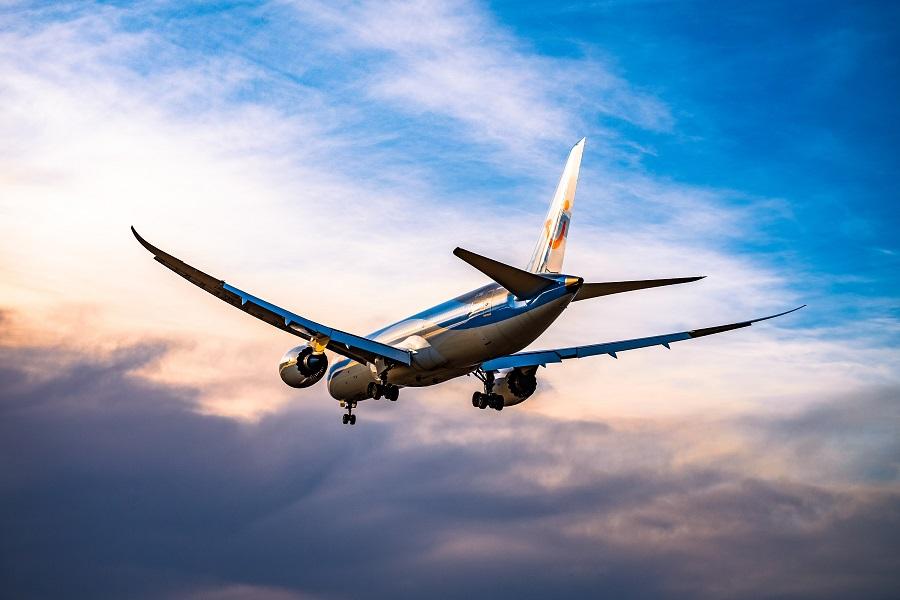Why is there a dispute around 5G near airports, between telecom providers and the FAA and airlines? Is this an issue beyond the United States?
We previously saw that the FAA and telecom companies in the United States have agreed to delay 5G deployment. The delay in the agreement was for two weeks. And these two weeks are up next Wednesday, on the 19th. Telecom providers also agreed to delay the launch of 5G near 50 airports in the country, for another six months. But while this covers many US airports and helipads, several others could soon have 5G masts operating near them.
On Thursday the 13th, the FAA started publishing new NOTAMs, detailing possible limitations for aircraft with specific equipment. The agency also listed many airports and hospitals with helipads, that could see the effects of 5G masts. The FAA had released over 300 NOTAMS (Notices to Air Missions) on the topic by Thursday morning.
As we previously saw, the issue centres around the proximity of the new 5G C-band frequency, with that of aircraft radio altimeters. Airliners (and some helicopters) need this equipment in order to perform precision approaches in poor weather. The disagreement between the FAA and telecom providers has to do with how close these frequencies can be before 5G is an issue near airports.

5G And Airports Outside The US
What makes this even more confusing, is the fact that 5G already exists elsewhere in the world. And while there have been discussions about its possible effects near airports, few if any problems appear to have emerged. So, what are we missing? How can 5G affect US airports and heliports more than it affects those around the world? As it turns out, 5G isn’t the same everywhere.
Aircraft radio altimeters typically work in the 4.2-4.4 GHz range. The frequencies that US telecom companies (Verizon, AT&T) got in an FCC auction are in the 3.7-3.98 GHz range. But this is higher (and therefore closer to radio altimeter frequencies) than 5G in other countries. The European Union has set standards in the 3.4-3.8 GHz range. South Korea has an even lower maximum, having set a 3.42-3.7 GHz range.
Beyond frequencies, there is also the question of the power levels of 5G masts and their placement near airports. In countries like France, there are similar exclusion zones around airports, as a temporary measure. The power of these masts is also lower than that that US carriers are authorized to use. But on this topic, the two major US telecom carriers are making a key clarification.
Verizon says that it doesn’t actually intend to use the upper reaches of its frequency band right away. Airports or not, its 5G will start with the same limits as those in France and the rest of Europe. So that’s a maximum of 3.8 GHz, rather than 3.98 GHz. Again, radio altimeters start at 4.2 GHz.

A Question Of When?
This is why telecom providers are confident that aircraft and airports will see no effects from the launch of 5G. They argue that US aircraft flying internationally have already operated near these 5G masts, with no issues. But while telecom providers state that they won’t increase their frequencies for some years, they will eventually do so.
Higher frequencies are desirable because they make 5G even faster. The FAA doesn’t know how telecom providers will employ 5G near airports in the future. So, it is keen to do some testing. Not all radio altimeters work exactly the same way. Again – the frequencies differ (4.2-4.4 GHz) and so do their power levels. The agency wants to gather enough data on this over the next few months, to have more concrete information.

Of course beyond the FAA’s research, the deployment of 5G near US airports and elsewhere should uncover any glaring issues. Telecom companies are adamant that there won’t be any such issues. So over the next few months, we will see who is right.
Finally, it is worth remembering that passengers and crews will remain safe, even if there are such issues. The problems that may appear will only cause airliners to miss their approaches. This could certainly cause diversions and delays, but aircrews have procedures on how to deal with such issues safely.





